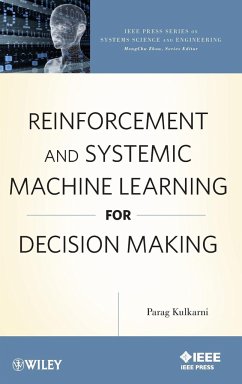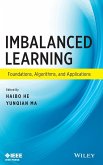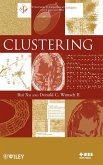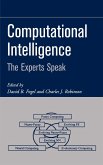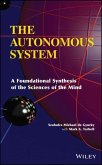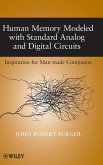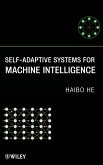Reinforcement and Systemic Machine Learning for Decision Making
There are always difficulties in making machines that learn from experience. Complete information is not always available--or it becomes available in bits and pieces over a period of time. With respect to systemic learning, there is a need to understand the impact of decisions and actions on a system over that period of time. This book takes a holistic approach to addressing that need and presents a new paradigm--creating new learning applications and, ultimately, more intelligent machines.
The first book of its kind in this new and growing field, Reinforcement and Systemic Machine Learning for Decision Making focuses on the specialized research area of machine learning and systemic machine learning. It addresses reinforcement learning and its applications, incremental machine learning, repetitive failure-correction mechanisms, and multiperspective decision making.
Chapters include:
Introduction to Reinforcement and Systemic Machine Learning
Fundamentals of Whole-System, Systemic, and Multiperspective Machine Learning
Systemic Machine Learning and Model
Inference and Information Integration
Adaptive Learning
Incremental Learning and Knowledge Representation
Knowledge Augmentation: A Machine Learning Perspective
Building a Learning System With the potential of this paradigm to become one of the more utilized in its field, professionals in the area of machine and systemic learning will find this book to be a valuable resource.
Hinweis: Dieser Artikel kann nur an eine deutsche Lieferadresse ausgeliefert werden.
There are always difficulties in making machines that learn from experience. Complete information is not always available--or it becomes available in bits and pieces over a period of time. With respect to systemic learning, there is a need to understand the impact of decisions and actions on a system over that period of time. This book takes a holistic approach to addressing that need and presents a new paradigm--creating new learning applications and, ultimately, more intelligent machines.
The first book of its kind in this new and growing field, Reinforcement and Systemic Machine Learning for Decision Making focuses on the specialized research area of machine learning and systemic machine learning. It addresses reinforcement learning and its applications, incremental machine learning, repetitive failure-correction mechanisms, and multiperspective decision making.
Chapters include:
Introduction to Reinforcement and Systemic Machine Learning
Fundamentals of Whole-System, Systemic, and Multiperspective Machine Learning
Systemic Machine Learning and Model
Inference and Information Integration
Adaptive Learning
Incremental Learning and Knowledge Representation
Knowledge Augmentation: A Machine Learning Perspective
Building a Learning System With the potential of this paradigm to become one of the more utilized in its field, professionals in the area of machine and systemic learning will find this book to be a valuable resource.
Hinweis: Dieser Artikel kann nur an eine deutsche Lieferadresse ausgeliefert werden.

